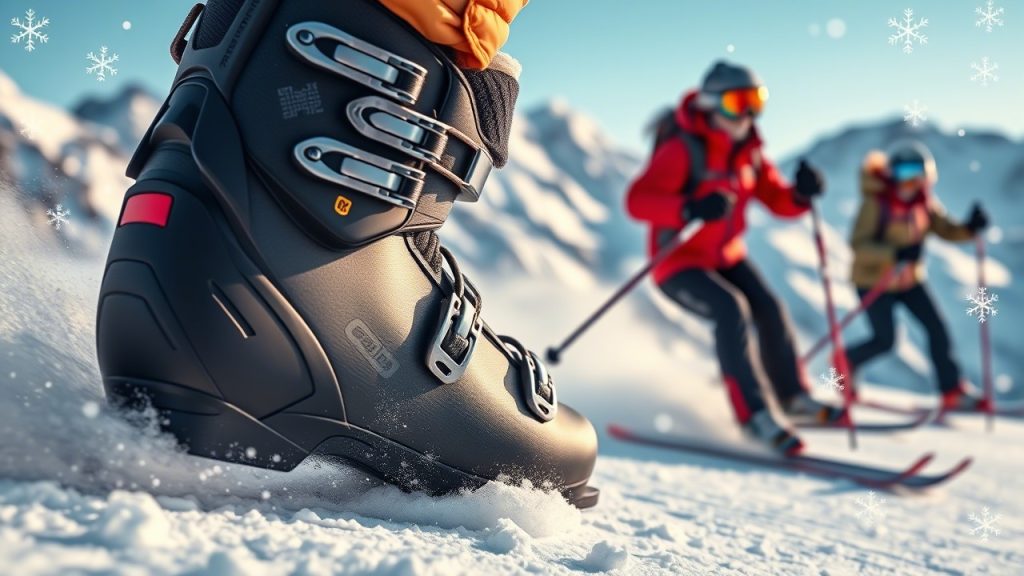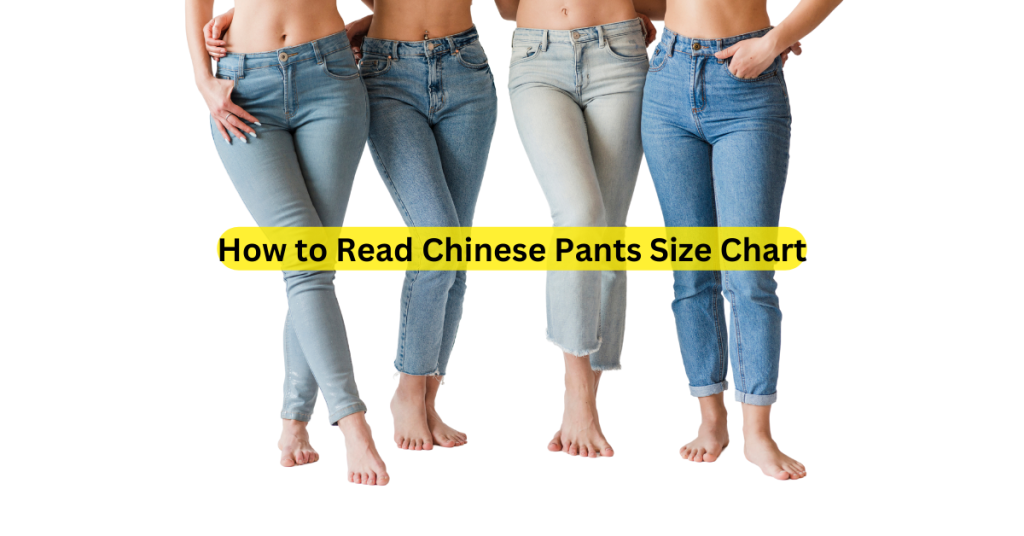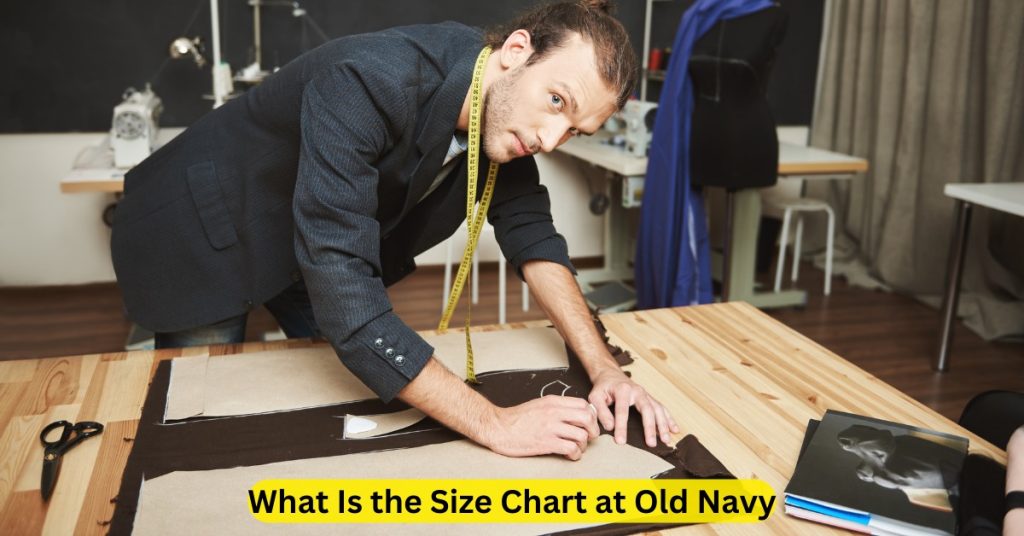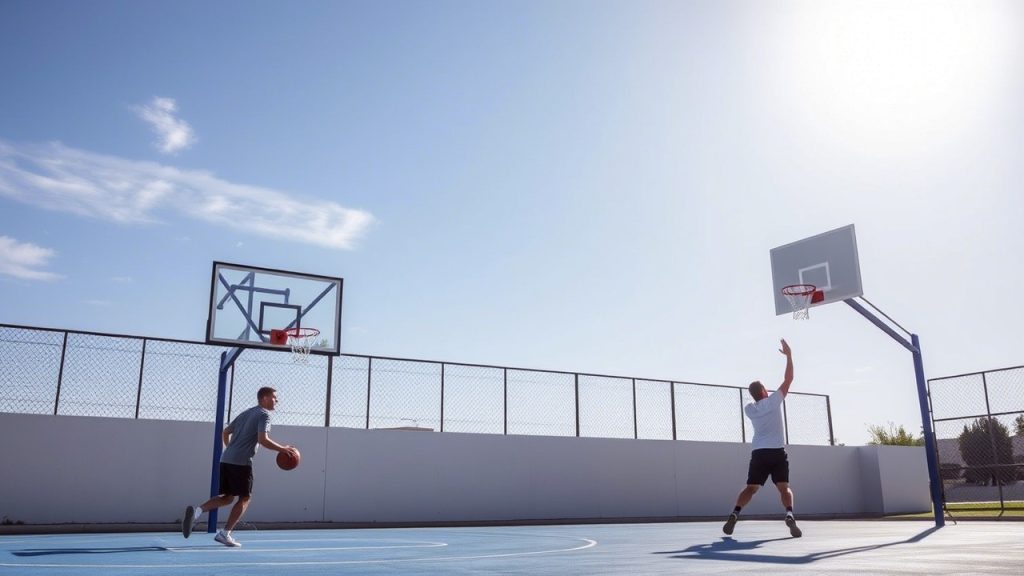12 Best Ski Boot Size Chart Ideas to Get the Most Comfortable Fit
Skiing is an exhilarating sport, but comfort is key to enjoying the experience. One of the most important pieces of gear for any skier is the ski boot. A proper-fitting ski boot can make a huge difference, offering comfort, control, and performance on the slopes. However, finding the right fit can be tricky, as ski boots are different from regular shoes. The sizing system used for ski boots often confuses many skiers, and an incorrect size can lead to discomfort, blisters, or even injury.
If you’re a skier who has struggled to find the perfect fit for your ski boots, you’re not alone. We’ll explore 12 of the best ski boot size chart ideas that will help you get the most comfortable fit. Let’s dive into the best tips and ideas for choosing the right ski boot size, so you can hit the slopes with confidence and comfort.
1. Use the Mondo Point System for Accurate Sizing
The Mondo Point system is the most widely used ski boot sizing system, and it’s designed to give you a more accurate fit compared to traditional shoe sizes. Mondo Point measures the length of your foot in centimeters, so a foot length of 27 cm corresponds to a Mondo size of 27.
Why Mondo Point Matters:
Unlike US, UK, or EU shoe sizes, Mondo Point is based on your foot’s actual length. This allows for a more precise fit, as ski boots need to fit snugly for comfort and performance. It eliminates confusion, as ski boot sizes are consistent across brands, making Mondo Point a universal standard.
2. Measure Your Foot Length and Width
Accurate foot measurements are essential when choosing ski boots. To find your ideal size, you’ll need to measure both the length and width of your feet.
Step-by-Step Guide to Measuring Foot Length:
- Place a piece of paper on the floor, against a wall.
- Stand on the paper with your heel touching the wall.
- Mark the tip of your longest toe.
- Measure the distance from the wall to the mark in centimeters.
This gives you the correct foot length, which you can then match to the Mondo size.
Measuring Foot Width:
Foot width is just as crucial as foot length. Ski boots are designed to accommodate different foot widths, so if you have narrow, medium, or wide feet, you’ll need to select a boot that suits your foot shape. Ski boots are generally categorized into the following width options:
- Narrow (95-98mm)
- Medium (100mm)
- Wide (102-104mm)
- Extra-wide (106mm and above)
3. Use a Ski Boot Size Conversion Chart
While the Mondo Point system is the most accurate, it’s still helpful to understand how ski boot sizes convert to traditional shoe sizes. Here’s a quick guide to converting Mondo sizes to US, UK, and EU sizes:
| Mondo Size (cm) | US Men’s Size | US Women’s Size | EU Size |
|---|---|---|---|
| 22.0 | 4.5 | 5.5 | 36 |
| 23.0 | 5.5 | 6.5 | 37 |
| 24.0 | 6.5 | 7.5 | 38 |
| 25.0 | 7.5 | 8.5 | 39 |
| 26.0 | 8.5 | 9.5 | 40 |
| 27.0 | 9.5 | 10.5 | 41 |
| 28.0 | 10.5 | 11.5 | 42 |
| 29.0 | 11.5 | 12.5 | 43 |
| 30.0 | 12.5 | 13.5 | 44 |
This chart will help you convert your foot measurements to the correct ski boot size in different sizing systems. Keep in mind that sizes can vary slightly between brands, so always consult the brand-specific size chart when purchasing boots.
4. Choose Boots Based on Foot Shape (Volume)
Not all feet are the same, so when selecting ski boots, it’s important to consider the volume of your feet. Ski boots come in different volume categories to accommodate various foot shapes:
- Low Volume: Ideal for people with narrow or low-profile feet. These boots offer a tighter, more snug fit.
- Medium Volume: Best suited for most people with average-sized feet. Medium-volume boots provide a comfortable balance between snugness and room.
- High Volume: Designed for people with wider feet or high arches. These boots offer more room in the toe box and overall foot volume.
By selecting a boot that matches your foot volume, you’ll have a much better chance of achieving a comfortable, secure fit.
5. Consider Flex Rating Based on Skill Level
The flex rating of a ski boot determines how stiff or soft the boot is. This is important because it affects the way the boot responds to pressure and control. Flex is usually represented by a number, with a higher number indicating a stiffer boot.
- Soft Flex (50-70): Good for beginners or skiers looking for a more comfortable, forgiving fit.
- Medium Flex (70-90): Suitable for intermediate skiers who want a balance between comfort and control.
- Stiff Flex (90-130): Ideal for advanced skiers who want precise control and responsiveness.
- Very Stiff Flex (130+): Best for professional skiers or those competing at a high level.
Choosing the right flex rating ensures your boots match your skiing style and ability level. For beginners, a softer flex will help you feel more comfortable and in control.
6. Try the Boots On with Thin Ski Socks
When trying on ski boots, make sure you wear thin ski socks (not cotton). Thick socks can create a false fit, making boots feel tighter or looser than they actually are. Thin socks will give you a more accurate sense of the boot’s fit.
7. Don’t Forget the Boot Liners
Ski boots are typically made with removable liners that offer added warmth and comfort. Some brands offer heat-moldable liners, which can be custom-molded to the shape of your foot for an even more personalized fit. These liners are heated and then cooled while you wear them, ensuring they conform to the unique contours of your foot.
If you’re having trouble with uncomfortable pressure points or need more support, consider opting for boots with heat-moldable liners or aftermarket custom insoles.
8. Use a Boot Fitter for the Perfect Fit
If you’re struggling to find the right fit or you have unique foot issues, visiting a professional boot fitter is always a good idea. Boot fitters have specialized equipment to measure your feet, assess your foot shape, and make adjustments to your boots to achieve the best fit. They can also help you with custom footbeds, adjustments to the liners, and other modifications to enhance comfort.
9. Look for Adjustable Ski Boots
Some ski boots come with adjustable features, such as adjustable cuffs, buckles, or straps, that allow you to fine-tune the fit. This can be especially helpful if you need more room in certain areas, like around the calf or instep. Adjustable boots are great for skiers who experience changes in foot size throughout the day, as they allow you to make quick adjustments on the fly.

10. Understand Ski Boot Compatibility with Bindings
Not all ski boots are compatible with all bindings, so it’s important to ensure your boots and bindings are a good match. Some boots have a specific design that is compatible with certain types of bindings, such as alpine or touring bindings. If you’re buying boots online or switching to a different binding system, double-check that your boots will work with your current skis.
11. Account for the Break-in Period
New ski boots often require a break-in period, especially if they have stiffer shells or liners. During the first few uses, the boots will start to conform more closely to your feet, and any initial discomfort should decrease. However, if your boots still cause pain after a few days of use, they may not be the right size or shape for you.
12. Opt for a Professional Boot Fitting if Necessary
Even after using all the size charts and considering foot shape, you may find that your boots still don’t feel perfect. In such cases, getting a professional boot fitting can make all the difference. Boot fitters can make adjustments, such as stretching the shell or customizing footbeds, to ensure that your boots fit like a glove.
Frequently Asked Questions
1. What is the Mondo Point system, and why is it important?
Mondo Point measures the length of your foot in centimeters, providing a precise sizing system that is widely used in the ski industry. It ensures a better fit compared to traditional shoe sizes.
2. How do I measure my foot for ski boots?
Stand against a wall, place a piece of paper on the floor, and mark the length of your foot from heel to toe. Measure the distance in centimeters to get your Mondo size.
3. Should I use a ski boot size chart to determine my size?
Yes, a ski boot size chart is helpful for converting foot length into the appropriate boot size. Always check the brand’s specific chart as sizing can vary.
4. How can I find the right ski boot width?
Measure the width of your foot at its widest point. Ski boots come in different widths: narrow, medium, wide, and extra-wide, allowing you to choose the one that best suits your foot shape.
5. What is the flex rating, and how does it affect fit?
The flex rating determines how stiff or soft the ski boot is. Beginners typically prefer a softer flex, while advanced skiers often opt for a stiffer flex for better control.
6. Why are heat-moldable liners important?
Heat-moldable liners conform to the shape of your foot for a more customized and comfortable fit, especially for skiers with unique foot shapes.
7. What should I do if I have trouble finding ski boots that fit?
Consider visiting a professional boot fitter who can assess your foot shape and make adjustments to the boots to ensure a perfect fit.
8. Can I wear regular socks in ski boots?
It’s best to wear thin ski socks when trying on ski boots. Thick socks can alter the fit, leading to discomfort or inaccurate sizing.
9. How long does it take for ski boots to break in?
Ski boots may take a few days of skiing to break in. During this time, they will conform to the shape of your foot, and any initial discomfort should diminish.
Conclusion
Finding the right ski boot is essential for comfort, control, and overall performance on the slopes. By following these 12 ski boot size chart ideas and understanding how to measure and fit your boots properly, you can achieve the most comfortable and effective fit. Whether you’re a beginner or an experienced skier, investing time in finding the right ski boots will make your skiing experience much more enjoyable and rewarding. Happy skiing!





